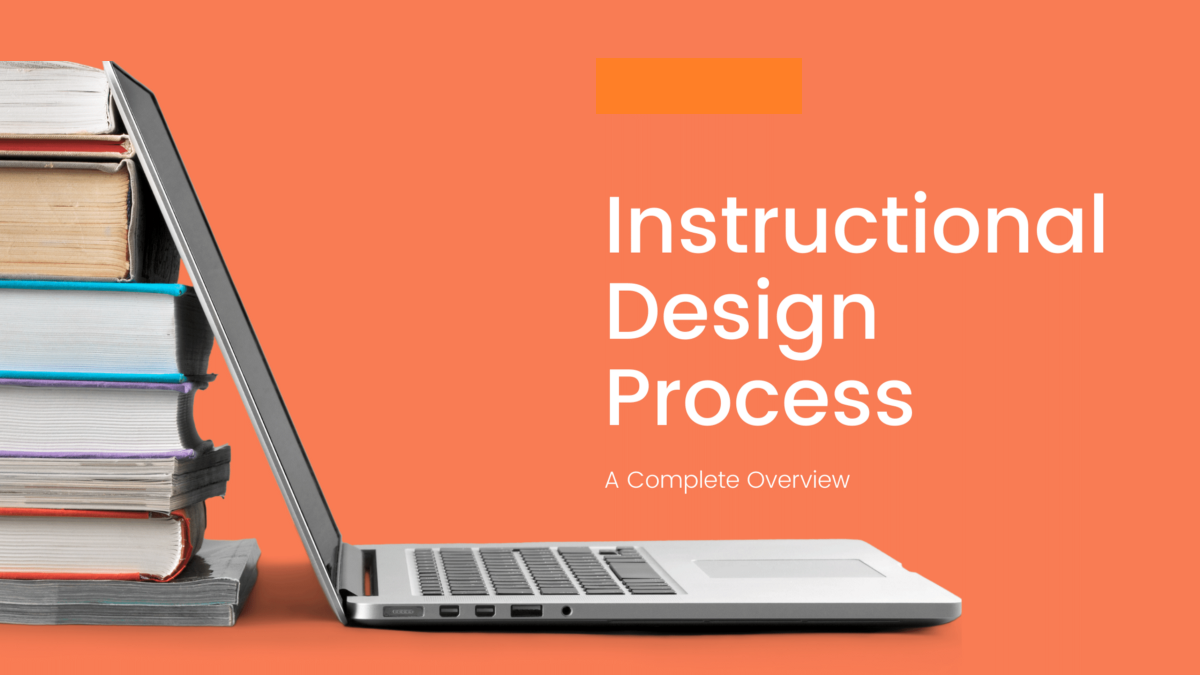Introduction
Creating instructional material requires a systematic process to ensure the information delivered helps meet the intended teaching outcomes. Therefore, as an organization that develops training courses, you need a well-thought instructional design process to work with, irrespective of the type of process you choose to follow. Despite marked differences in their approach, various methodologies, such as the linear process, iterative process, or free-flowing process, have certain steps that are common to all. With that said, here are the basic steps that you should follow for a comprehensive instructional design process.
7 Steps to Follow For an Instructional Design Process
An instructional design process can be broken down into seven steps, which are as follow:
1. Find Exact Requirements
The very first place to start to ensure your training course performs as intended is to analyze your requirements, which extend to your business and training needs, your target learners and their profile, such as their qualifications, age, skills, and technical proficiency, and the technology that you plan to adopt for delivering the material. Once these basic elements are addressed, it helps move in a more definite direction.
2. Learning Objectives
Coming up with precise learning objectives helps you comprehensively design the course. It also helps you draw a line between concepts that your learners must know and those that are good to know so that you understand your area of emphasis. Additionally, with clearly established learning objectives, you can plan your assessments with greater precision.
3. Design Development
Now that you have set your learning objectives, the next step involves coming up with a list of topics, assimilating the information, and organizing it. You can start off by content segregation into smaller information chunks, which can then be organized in a sequence based on your list of topics.
Developing design also entails deciding what instructional approach you would want to follow. Some popular options are problem-based, video-based, and story-based approaches, among others. However, you must consider your target learners before finalizing the approach.
4. Make a Storyboard
Organizing your content becomes easier with the help of a storyboard, which is a visual document that helps you understand and decide the flow of the topics. From chapter introductions, quick facts and tips, brief timed quizzes, and glossaries to images and tables, you can map everything in a sequence when you create a storyboard. However, if you’re not well-versed in creating and using storyboards, you can hire instructional designers for assistance with this step and the process as a whole. Quickly extract text from images within your storyboard using this free image to text converter.
5. Prototype Development
Prototype development is a crucial step before you start the actual material or course development. It allows you to visualize how the transformation of the storyboard into a functional module will be. To create a functional prototype, you can choose around five pages that are unique and of different types to develop while following the client’s branding guidelines and the approved strategy of design.
6. Develop Training
Once you ensure the prototype fits your expectations, you can begin with the development of training material. Everything that is a part of your list of topics and storyboard will be included in the development process. It is best to have a three-step review process during the development phase, wherein you involve instructional designers, graphic designers, and quality assurance professionals to ensure perfection.
7. Impact Estimation
Development is succeeded by delivering training. Once you have delivered the training, you can evaluate the impact of the training by analyzing the learning outcomes for learners and how the training has impacted the organization.
Final Words
Every organization involved in creating training courses strives to create a positive brand image while catering to the needs of its learners. What can make it easier for you to benefit from your training course is adopting a systematic instructional design process that serves as a blueprint based on your exact requirements and objectives.

